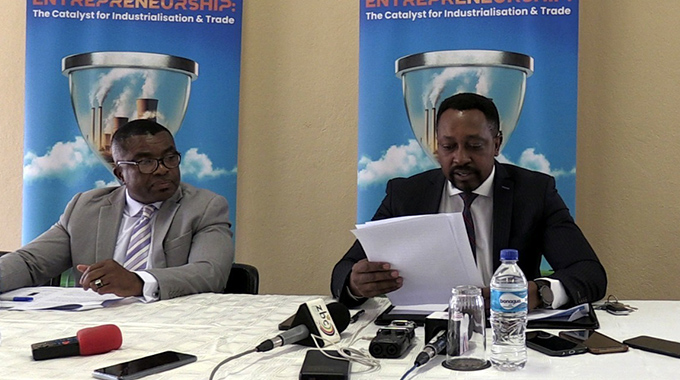Water rationing limits Kariba power generation
Harare Bureau
THE Zimbabwe Power Company (ZPC) will only be allowed to generate a maximum of 475MW from the 750MW capacity Kariba South Hydro plant due to water rationing by the Zambezi River Authority. Water allocation for the plant has been revised down to 40 billion cubic metres from 45 billion shared equally between Zimbabwe Power Company and neighbouring Zambian power utility, ZESCO.
The two generate on the Southern and Northern banks of the dam.
In light of the development at Kariba South, ZPC has reportedly implored the State Procurement to speed up awarding of tenders for planned power projects, including Turnkey solar power initiatives with combined capacity of 300MW.
This comes amid concerns that the reduced water allocation could worsen power supply, as has already happened in Zambia, which now obtains only 20 percent of its requirement from Kariba North from the previous 80 percent.
The Zambezi River Authority, which manages Zambezi River on which Kariba South is located, issued the directive to ZESA and Zambia’s power utility, on concerns of the continued drop in the lake water levels.
While Zimbabwe is allowed to generate up to a maximum 475MW, Zambia’s power utility ZESCO will be permitted to churn out a limited 305MW out of a capacity of 1,080MW to avoid a continuous drop of lake levels to below stated levels.
“It was determined that continuing at current levels of generation would result in the lake falling below the minimum drawdown-level of 475.5m before the onset of the rainy season (by November 2015), with possible shut down of the Station for two months,” Zesa spokesperson Fullard Gwasira said yesterday.
He said Lake Kariba had received significantly lower inflows in the 2014-2015 hydrological year compared to the same period last year and the long term mean inflows.
This, coupled with high generation at the Kariba complex, has resulted in the lake level continuing to decline. The lake level at the end of July 2015 was 480.81m above sea level.
This is 1,05 percent below the lake level for the same period in 2014, which was at 485.91m above sea level.
As at end of July the water utilisation by both utilities was above the allocation, partly due to the seasonal peak demand.
ZRA have re-run the simulation to determine the remaining allocation and recommended level of generation of each utility going forward as 305MW for Kariba North (Zambia) and 475MW for Kariba South (Zimbabwe).
Given the situation, Kariba South power station will continue with the planned level of power generation during winter and then scale down water utilisation after winter period.
While the Kariba South power station can be dispatched at maximum load during peak demand period the power output will be scaled down significantly outside the peak periods.
The available thermal generation at Hwange and other small stations in Bulawayo and Kwekwe will be fully dispatched.
Gwasira said the Zambezi River Authority will continue to monitor the utilities so that they do not overuse their water allocation.
Zimbabwe would need to move with haste to implement planned power generation to increase output with current average production of 1, 300MW far below demand of 2, 200MW.
This has raised concern around unjustified delays by the SPB in approving a number of planned power generation projects in contradiction to dictates of targets under the Zim-Asset.
The government is working to raise generation capacity through Hwange thermal 7 and 8, repowering Bulawayo to achieve 120MW, Munyati repowering 100MW, Mutare peaking plant 120MW, 300MW solar farms and Gairezi hydro 30MW.









Comments